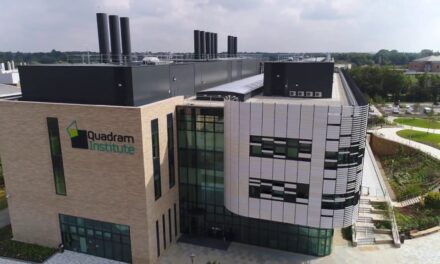Vitamin C content of watercress to change to 62mg/100g
Recently, the Agriculture and Horticulture Development Board (AHDB) and watercress growers contacted Food Databanks National Capability (FDNC) with concerns about the reported level of vitamin C in this aquatic plant.
The Composition of Foods Integrated Dataset (CoFID), which is managed and maintained by FDNC and contains the nutrient composition of 3,200 of the most commonly eaten foods and recipes dishes in the UK, currently states that vitamin C in watercress is 3mg in 100g of raw plant material. The concerns raised were that this value is too low to represent the true value in watercress and not comparable with data from other countries, this required further research to confirm whether the low value, or, the previous 1984 value of 62mg were more likely to be correct.
On checking the history behind the current value we established that it was produced in 2017, carried out as part of a large fruit and vegetable composition survey. In the same year, based on a query raised during data checks, a follow up analysis double checked the vitamin C figure, which was subsequently published in the 2019 version of CoFID.
Revisiting watercress analysis within our laboratory at Quadram Institute Biosciences, we performed experiments on fresh and frozen watercress, with results for the fresh vegetable more in line with the 1984 value of 62mg/100g. Our investigations showed that freezing watercress is extremely detrimental to vitamin C and the only reliable way to analyse this plant for vitamin C is with the fresh plant. Many other foods are not affected by freezing.
Why did we freeze the plant before analysis in 2017? The large survey included analysis of 62 different fruits and vegetables, covering 48 different components including macro and micronutrients, vitamins and minerals. All the samples, including watercress, were frozen after sampling and before analysis in order to safely transport to an accredited laboratory for analysis. However, in 1984, when the previous data was produced, the watercress samples were analysed on site therefore preventing the need for storage, freezing and transportation.
The analysis of foods is a difficult process with many factors to take into consideration, from sampling, sample handling, different methods and the structure of the food. We are always rigorous with all these issues, but sometimes the structure of a food beats our plans, in this case a combination of watercress, vitamin C and freezing. However, we are always happy to research and find a solution. It’s a very rare circumstance that an error goes unnoticed by experts who compile the data, leading to revisions of published values for significant errors. Agreement has been made to amend the current low value to the previous value of 62mg in the next version of CoFID, which will be released later this year. In the meantime, you can consider that watercress is indeed high in vitamin C.











